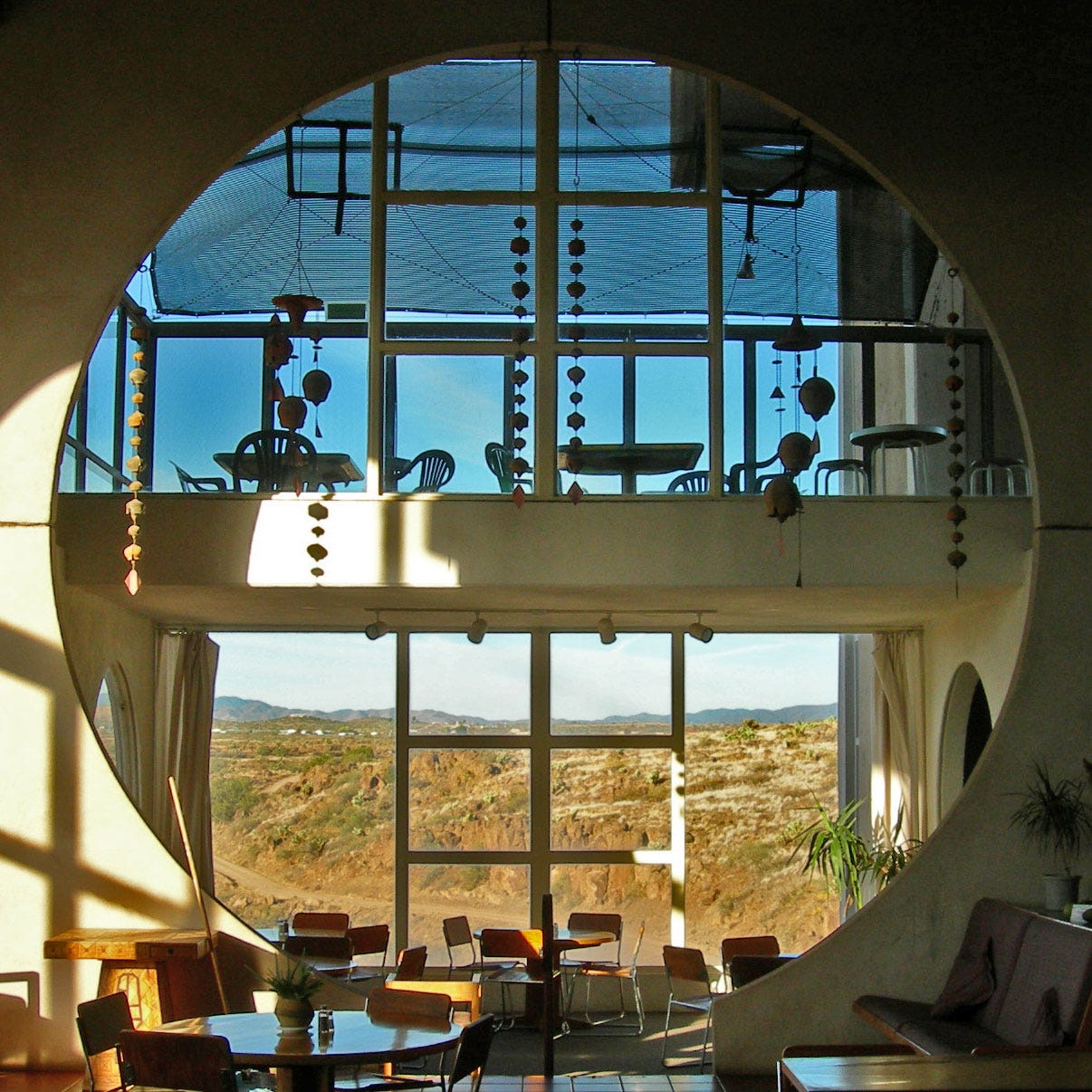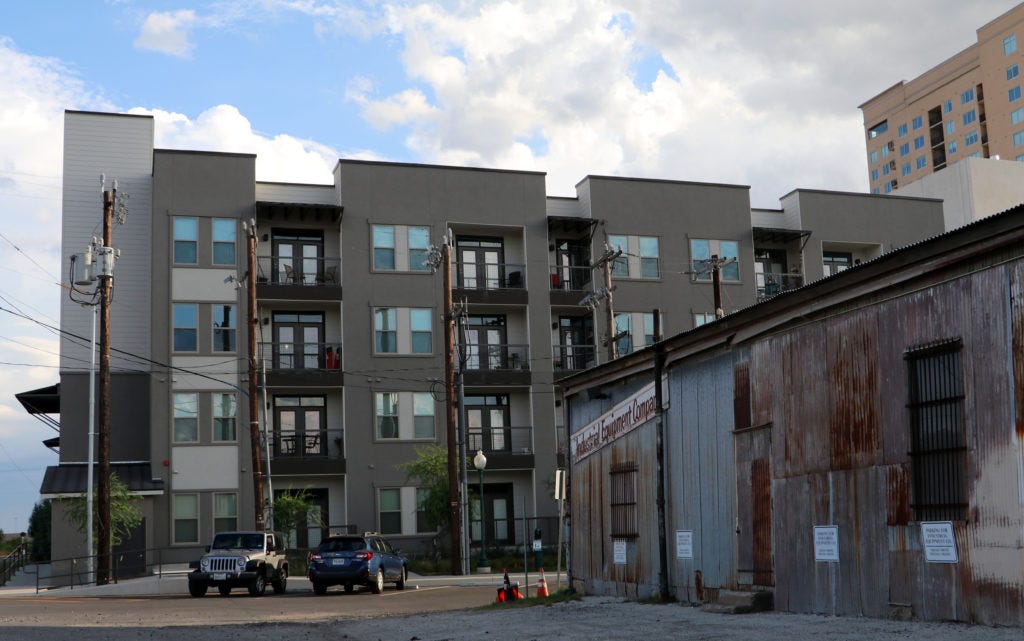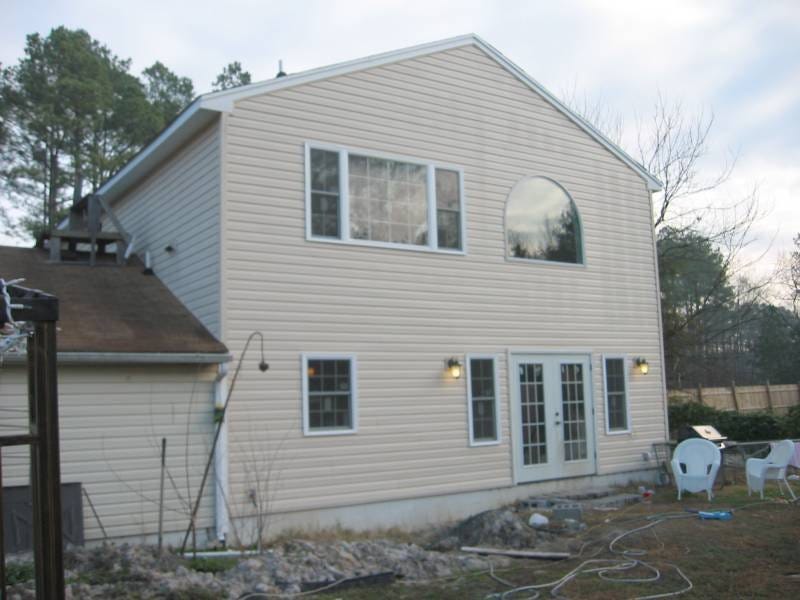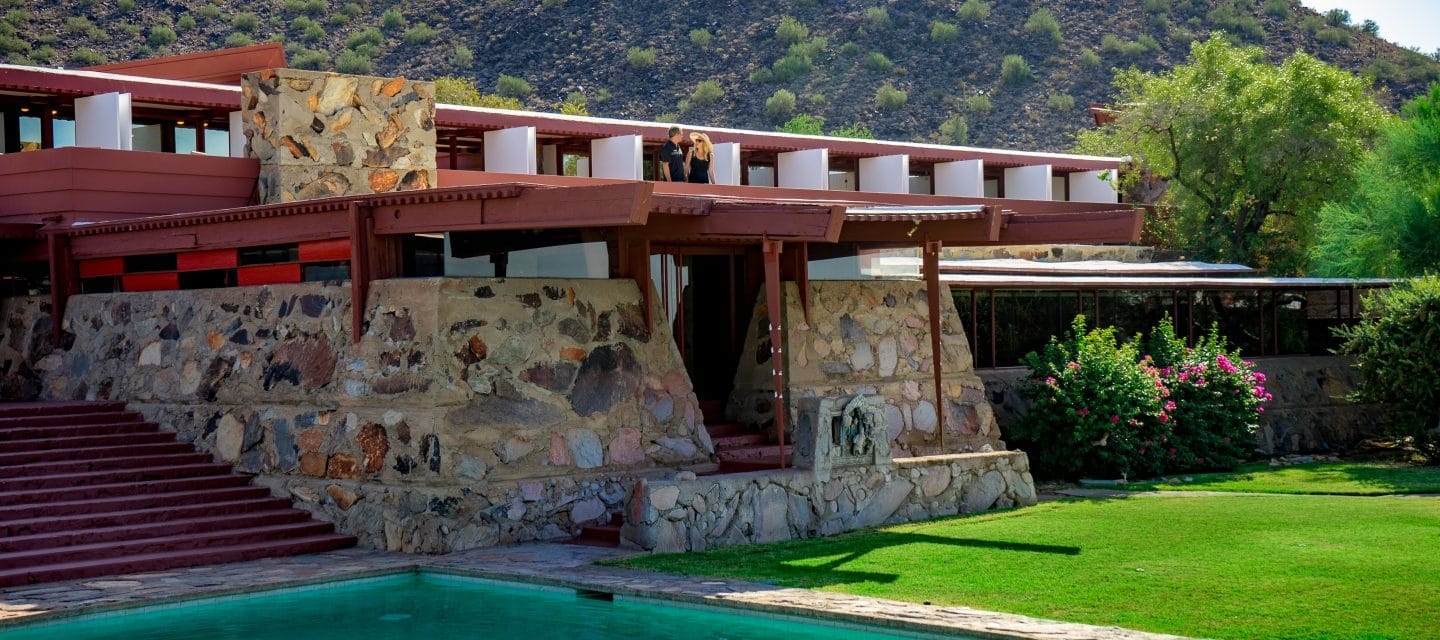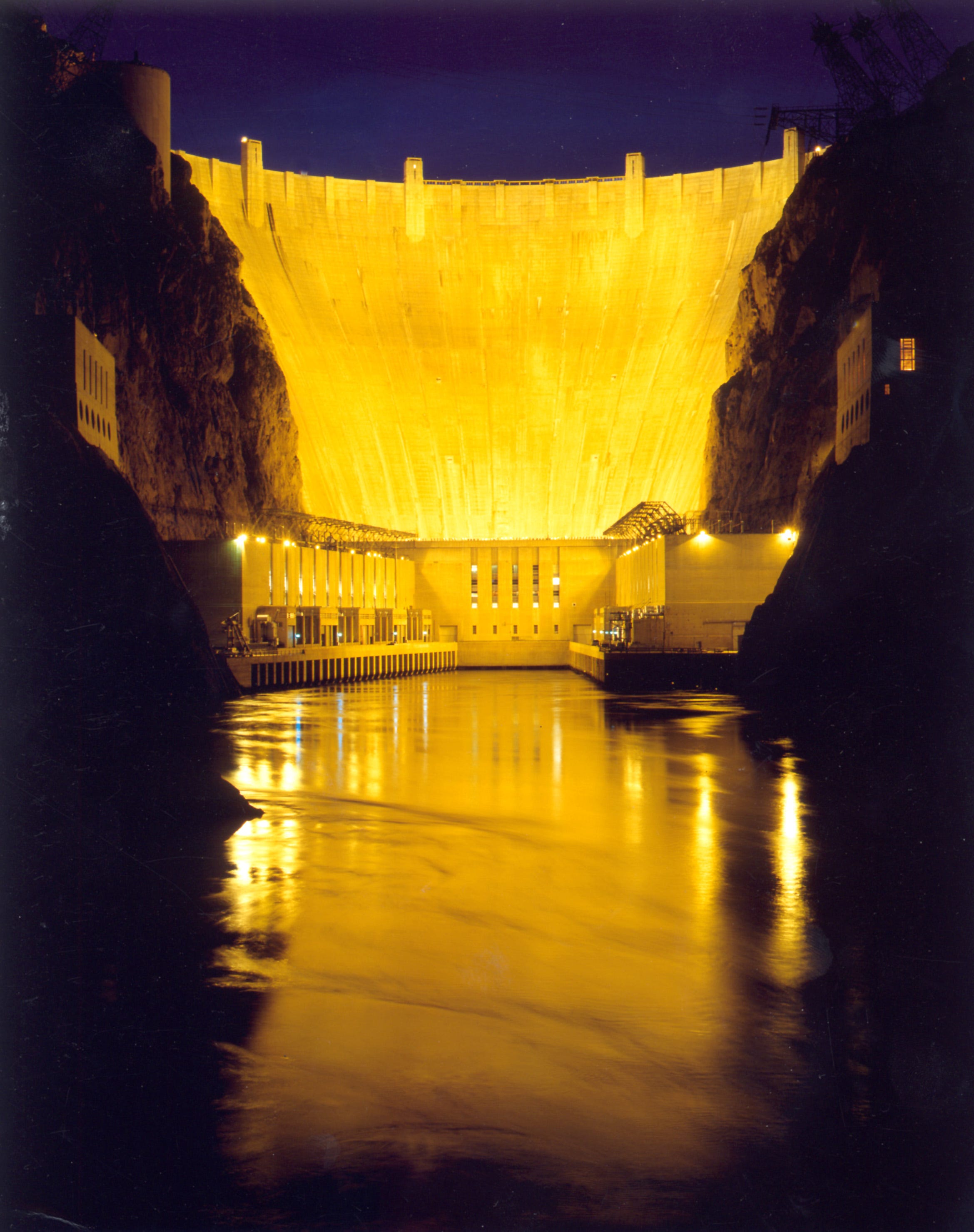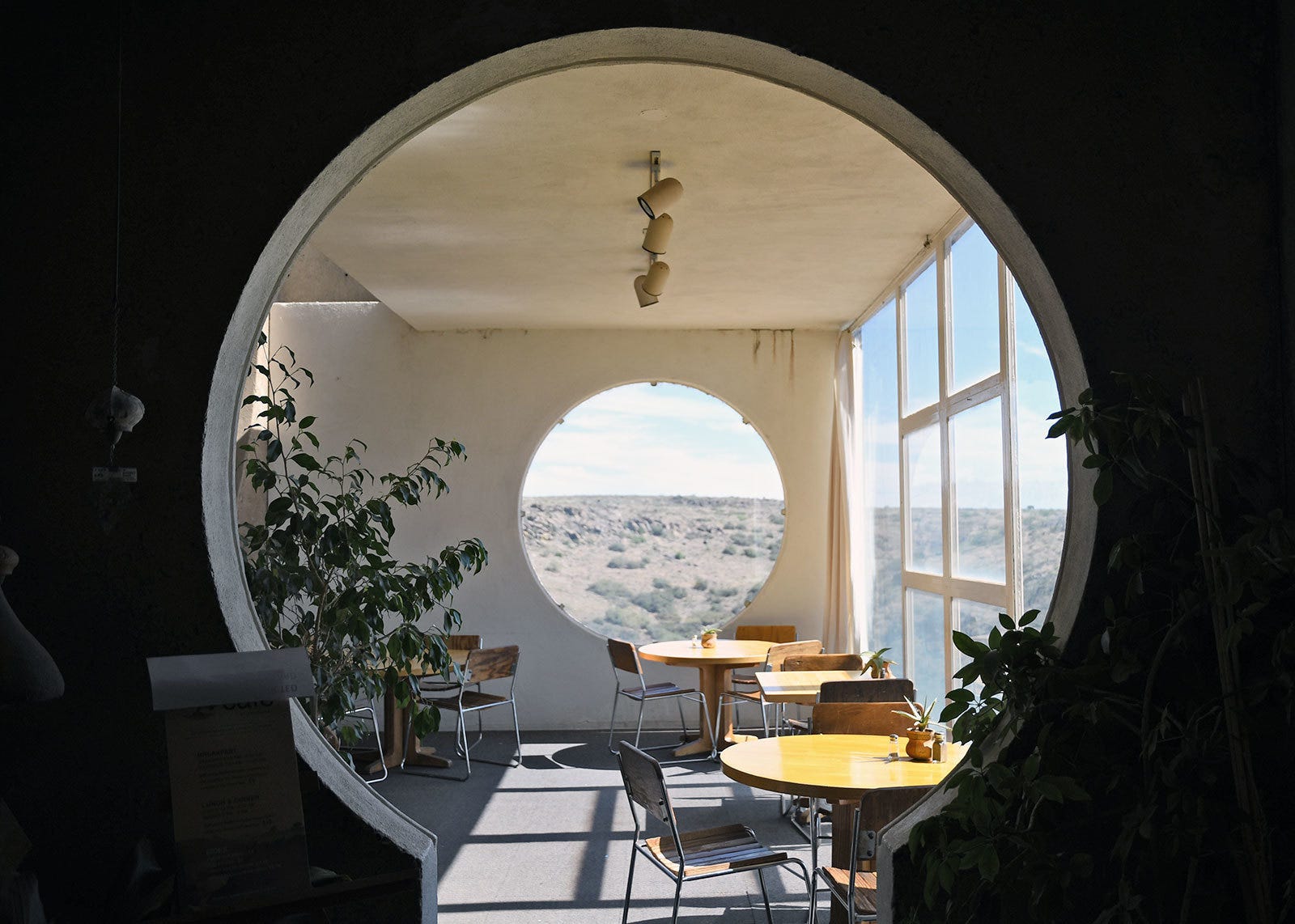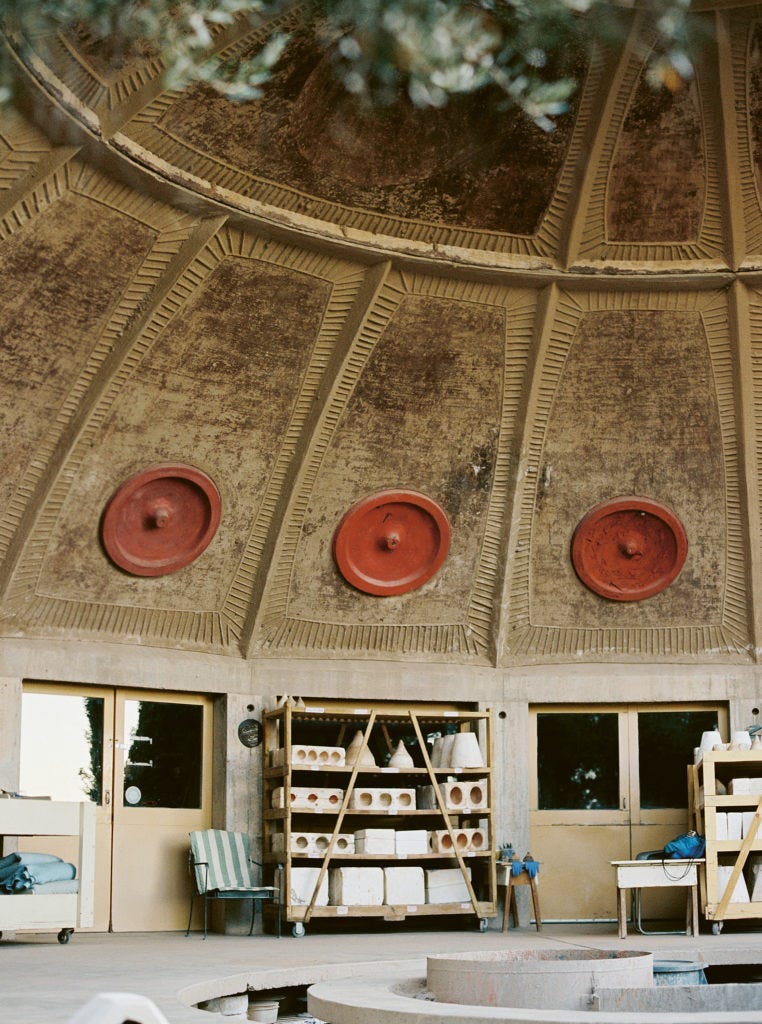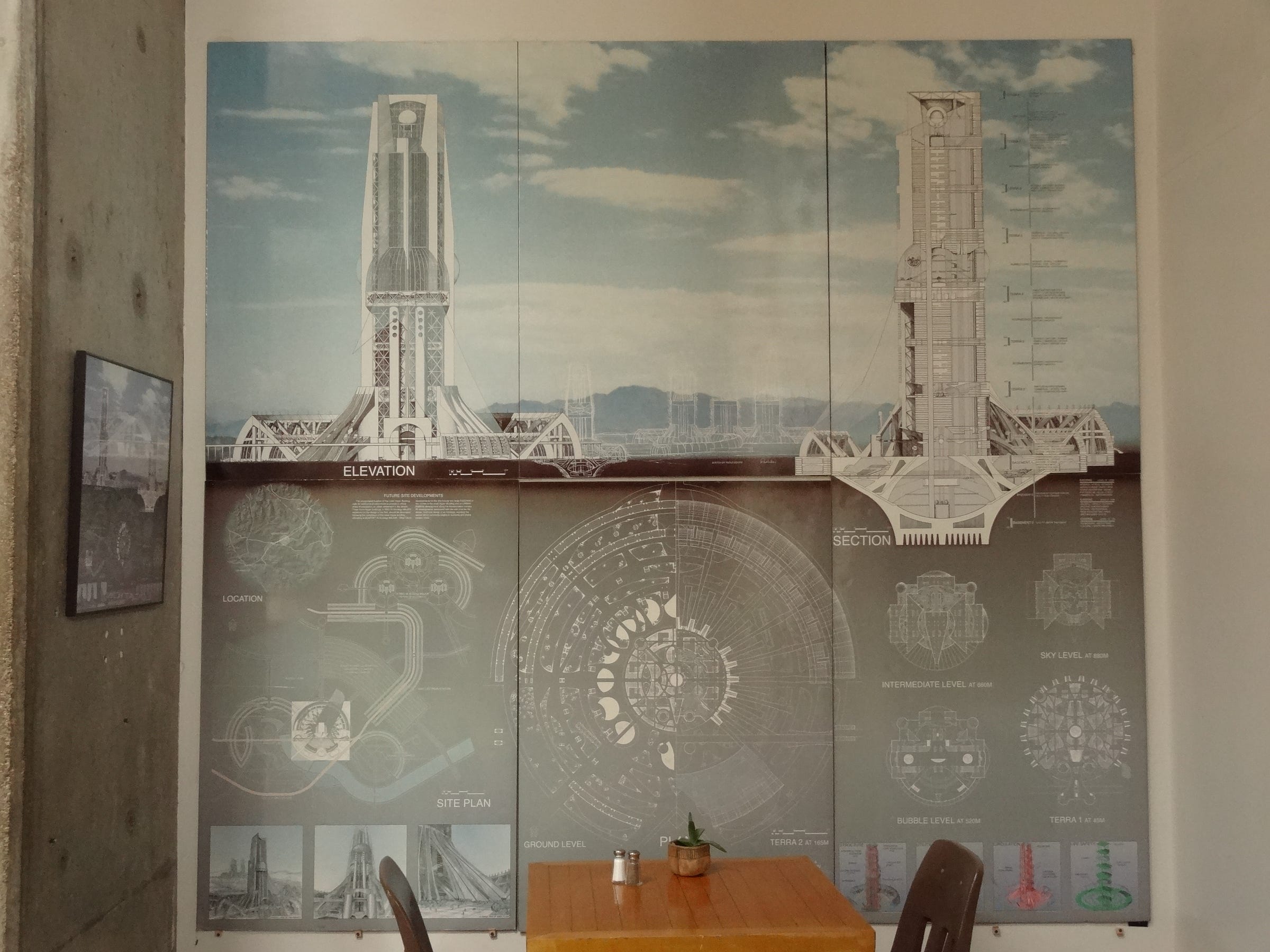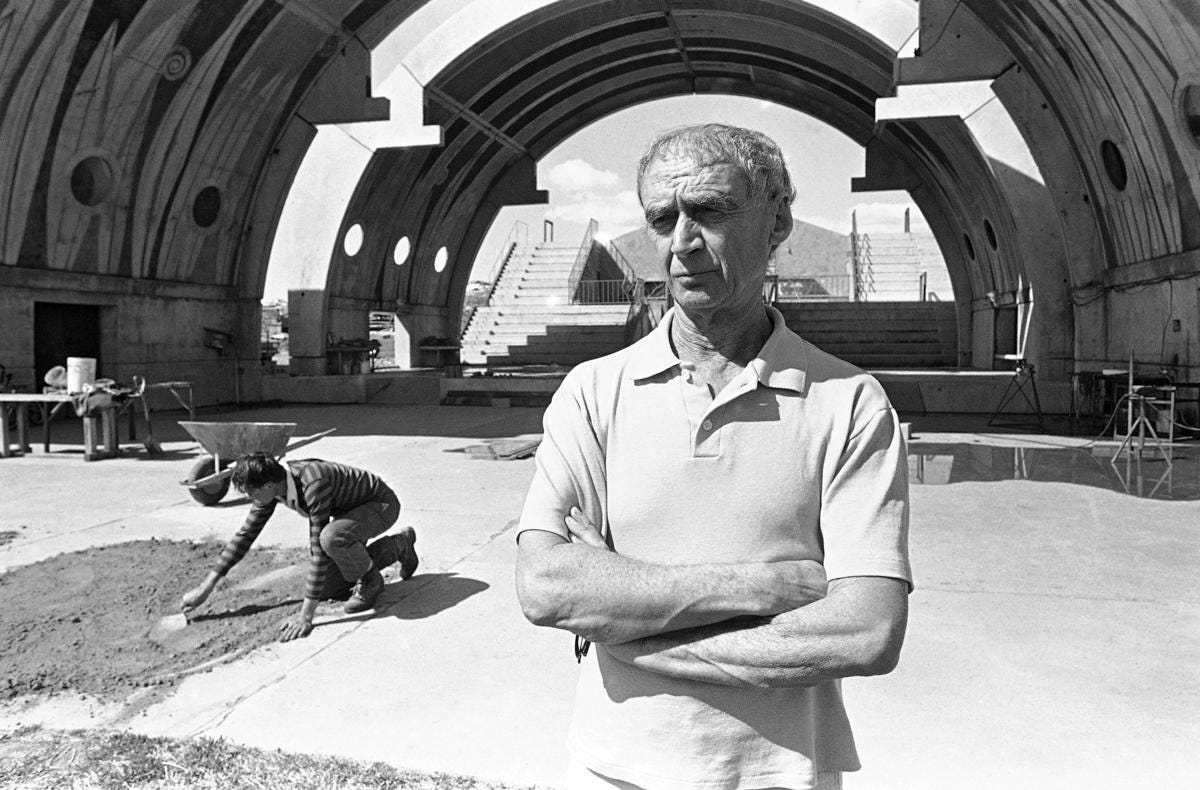1.
To construct anything is the purest vanity. It is an imposition by men upon God's creation.
The ultimate object of construction must therefore be regarded as sacred. The distinction between vanity and pride is justice.
When we forget all higher purpose, and undertake construction out of obligation or base greed, we produce heinous abominations.
Built for money:
Built for God:
Built for1 the average American homebuyer:
Built for Beauty:
2.
Urbit is a computer constructed in the pursuit of divinity.
By "the pursuit of divinity," I mean the pursuit of the inevitable and omnipresent Truth upon which all real achievement depends.
This is to say, urbit is an attempt to build a computer which hews, in the long term, as close as possible to perfection.
The vanity is apparent. There are complications which seem more decorative than necessary, though I would argue that line is right to be blurred. The very language of urbit's construction is radically different from anything that came before. It's so radical, in fact, that probably half of the engineers who look into the project beyond the surface level scoff at it immediately.
Necessity is the mother of invention. Pride is its father.
3.
The construction of software is distinguished from material construction in one particularly crucial aspect. Namely: the materials used to construct software are readily available at effectively no cost.
If one were to decide to reconstitute a barn from scratch upon the same spot, or the Hagia Sophia, or the entire island of Manhattan, the first half of the undertaking—tearing down what exists—would be equally daunting as the latter half.
What makes the construction of software so different and so beautiful is that this is no longer the case. Computers are hyper-fungible. There are, provably, an infinite number of ways to construct a computer, and if you have one of them, you can use it to build any of the others. The landscape upon which our digital lives are constructed is literally infinitely vast.
At the moment, however, it's something like this: imagine the denizens of SomethingAwful had pooled all of their resources and created a venture fund. Imagine, then, that they had decided that Groverhaus was the single most important human endeavor of the twenty-first century (rather than simply the most entertaining). Imagine that this fund wrote Grover a blank check to continue construction of his humble abode at all costs: to bring in an internal sewage system, to add more efficient doors and windows in new locations, to build entire new Groverhauses containing the original, like nested Chernobyl exclusion domes. Imagine bringing on a thousand, fifty thousand, ten million people to build businesses which provide services within and throughout the Greater Groverhaus Metropolitan Axis. Imagine that every bureaucracy and organization in your life migrated their services to specialized locations within Groverhaus—Groverhaus schools, Groverhaus psychologists, Groverhaus security and missile defense systems. Imagine the IRS allowed you to submit your taxes conveniently and for free from within Groverhaus, if only you could find the correct address.
Imagine you moved into Groverhaus and could never find your way out.
This is an appropriate metaphor for the state of computing today. I'm not even exaggerating that much.
4.
My dad has loved architecture for all of his life. When we lived in Phoenix, he'd take my sister and I to see some of the architectural landmarks that litter that state. (Arizona is very close to God, so close that it burns, and I think that's why architects and artists and cults are drawn to it. It is a holy place.)
The Hoover Dam, great fat cockblocking monument to our hubris, with its perfect, beautiful logarithmic curve. Taliesin West, stifling in the heat of summer, where I sat in a reclined chair perfectly arranged against the slant of the ceiling and my feet came off the floor.
We were kids. I'm sure I was insufficiently grateful for these adventures at the time. But in my memory these remarkable constructions have taken on the character of copperplate etchings, stark, illuminated by the smallest details.
Arcosanti is the one I remember most often. I remember it because it remains unfinished.
The air was moist, which stands out in a climate where humidity is generally a sign of a failure in the infrastructure.
Concrete was everywhere, but not as I had known it. Concrete for me had meant the stultifying sidewalks of hellish suburbia, corners cut wide so that Lutheran moms could take them in a minivan pulling 45. This concrete was something else.
It was, though I had not the constitution to accept the fact, welcoming. Great swooping circles promised to whisper and thrum in the wind, if it should come. Supine curves beckoned the eye from place to place. Old concrete was placed comically adjacent to new, the withered and the sprightly conjoined in greater structure. Students and tourists moved leisurely from space to space. But they seemed never to really leave anywhere or arrive anywhere else. Air conditioning was sparse, and most often provided by sopping, elderly window units.
For a young man, pampered since birth with the comforts of central cooling and raised in structures which fit well-defined categories, it was infuriating. "What is this place supposed to be?" I asked my dad.
"It's Arcosanti," he said. "It's a city."
I first saw the design for the tower in the cafeteria.
"What is that?" I asked again. My taste for science fiction had sparked my curiosity.
"That's Arcosanti," dad said, smiling.
"This is supposed to be that?" I was completely defeated. "It's not even close!"
"They're still building it,” dad responded from the middle of his sandwich. “Every year, people come here from all over the world. They stay in the apartments. Mostly architecture students. But every year, the people who are here build a little more."
Out in the distance, a saguaro cactus with a dozen arms lounged in the sun, in the same spot where it germinated centuries before.
5.
Vanity is vanity. It's not always justified. Arcosanti, I'm informed, might have had some weird pedo shit going on. Not exactly out of the ordinary for a project with ambitions as lunatic as these, or for an Italian man born in the 1920s. But that doesn't change the memory I have of it, nor does it change what a unique place it was and remains. Urbit, too, has more than its share of controversies, but the people I've met there have been almost universally kind.
Software's biggest problems are often due to its most valuable features. It's very cheap and very easy to keep building on what exists. It pleases managers, who are loath to discard work that’s already been done, whatever its quality may be. This tends to create software that grows forever.
The processors powering our machines grow more powerful every year, at speeds and scales that defy comprehension. A $400 phone has an order of magnitude more processing power than the most expensive business computer money could buy thirty years ago. Any Chromebook today could render in real time what took Pixar millions of dollars and labor hours in 1995. Is your computer slow?
The pace of this improvement in hardware hasn't slowed by much in the last few decades, but when was the last time it qualitatively changed the way you use a computer? Douglas Englebart conceived of the GUI as a spectacularly free-form means of virtuosic computing2, but once it hit the market, it sunk into place like it was wearing concrete shoes. This was followed by thirty years of stagnation; modern desktops follow fundamentally the same interaction patterns set out by Xerox PARC. The iPhone and its multitouch screen established a new standard, but that, too, has scarcely changed in the time since. Are these the best ways to interact with these devices? It's hard to say, because we seem to be stuck with them.
But beautifully, because the way we interact with computers is necessarily defined by software, it doesn't have to stay like this. We can, in fact, reconstruct all software from scratch, without needing to tear down what's already there.
6.
Urbit is a clean-slate OS and network for the 21st century. More plainly, it is an attempt to rewrite all software—even the operating system, the crucial software which runs any computer, and which most people never touch directly.
One of the things that draws me most powerfully to the project, if you can believe it, is its approach to software versioning.
Modern software is versioned with monotonically increasing identifiers. Early versions are below decimal 1: version 0.1, 0.2, etc. Version 1.0 is the first acceptable version, and version 2.0 is the first major reconstruction. These version numbers can go on increasing forever, because why not? Software is free. (Google Chrome, as of this writing, is at version 101.0.4951.67).
Urbit, instead, uses a system called Kelvin versioning, based on the Kelvin temperature system. That is, it's the same measurement of temperature as the Celsius system, except that where 0°C is the freezing point of water, 0°K is the coldest temperature: absolute zero, at which no further energy can be removed from the system. There is no -1°K.
This last part is crucial. When your software reaches version zero Kelvin (0K), it can no longer be changed. And ideally, at that point it should be “diamond-perfect.” Or as near as possible.
Under this metric dictatorship, software developers finally remember what it is to construct works from limited resources. Each change consumes a version, and so potential changes have to be weighed against all possible future changes. Sometimes changes have to be made for reasons that couldn't possibly have been foreseen; so, in the interest of preparing for uncertainty, you may never want to actually reach version 0K.
This in turn means that the author must assign value to their work. It becomes critically important to evaluate each potential change in the harsh light of day and ask the question: "is this worth it?"
If you know that you can always fix it later, the construction will never be complete. But when you work with limited resources, you lose that certainty. Suddenly you aren't sure whether you'll have another chance to fix it. And you are forced to consider not only whether your approach is correct, but whether you're building the correct thing to begin with.
In building anything, we should consider whether the work is progressing toward perfection. The simplest way to make that standard stick is to insist that we progress toward finality, whether the result turns out to be perfect or otherwise.
7.
I think you should evaluate your work according to whether or not God may be pleased by it.
This metric defies quantification and is, of course, unscientific. It is not fashionable in our hypertrophied post-post-industrial society; it was replaced by more amenable measures such as precision and efficiency and throughput. In the end, this liberated us completely from responsibility to our own works. There is no room for pride; profit, for all its positive features, ultimately makes a poor substitute.
But if, for whatever reason, the prospect of God as your personal critic is distasteful, consider some kind of a stand-in. Maybe the Basilisk, if you're that kind of a dweeb. Maybe Colonel Sanders from the Matrix movies scares you more than God. But you truly must accept the presence of an omniscient critic. Omniscience forces you to consider every aspect of the work you're doing and why.
Because, ultimately, God is in us always. We alone know fully what wrongs we have done, and what shoddy works we have wrought. Glorifying God is the only way we can be worthy of our own pride.
Read: Built by.
For a remarkable insight into the liberatory power of starting from scratch, particularly as it concerns the capabilities of computing, I cannot fail to recommend the documentary The Augmentation of Douglas Englebart, available for free on YouTube.





